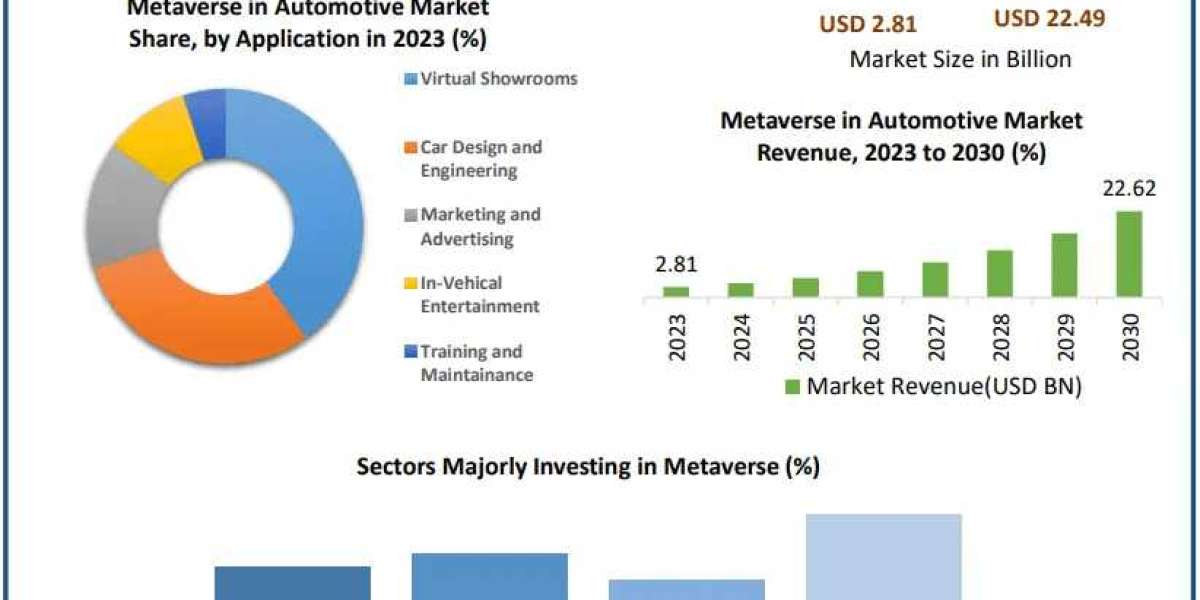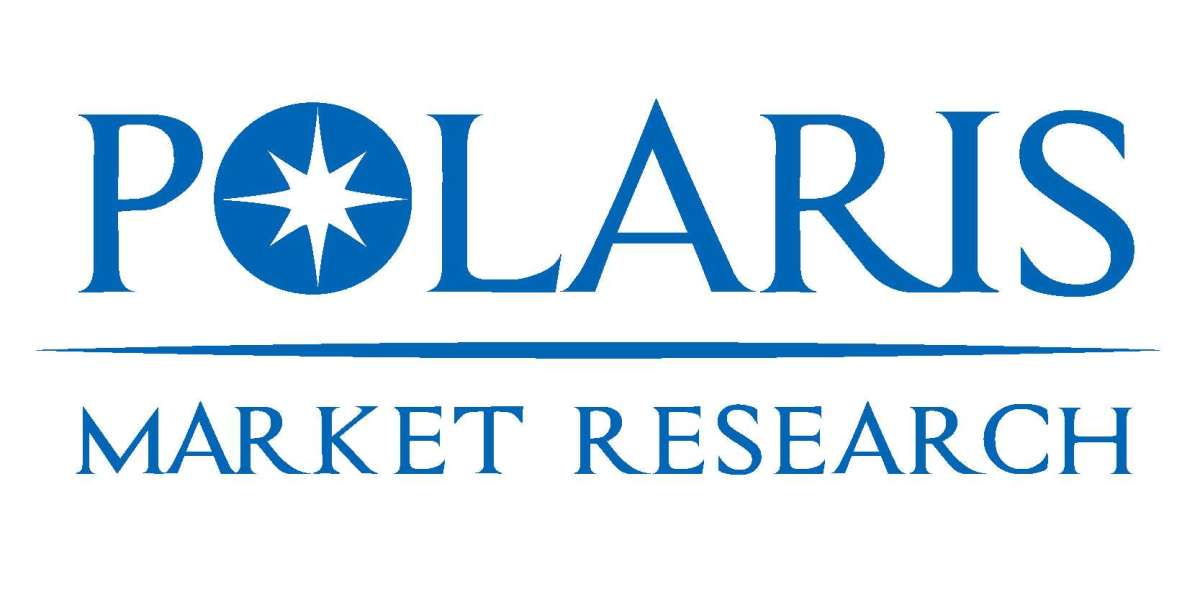What Constitutes High-Risk Smoldering Myeloma?
HR-SMM is defined by an increased presence of abnormal plasma cells in the bone marrow and elevated levels of monoclonal protein (M protein) in the bloodstream. These indicators suggest a greater likelihood of developing active myeloma, despite the absence of common symptoms like bone pain, kidney dysfunction, or fatigue. Key risk factors that heighten the risk of progression include a larger proportion of abnormal plasma cells, significant elevations in M protein levels, and specific genetic alterations that indicate a propensity for disease advancement. Early identification of these risk factors is critical for effective monitoring and management.
The Shift from MGUS to Myeloma: Understanding the Risks
While MGUS is generally considered a benign condition with a low risk of progressing to myeloma, HR-SMM signifies a more advanced stage with a substantially greater likelihood of transition to symptomatic myeloma. Research indicates that approximately 50% of patients with HR-SMM may progress to active myeloma within five years. This stark difference in risk underscores the necessity for vigilant monitoring and proactive management. Although patients may initially appear asymptomatic, the potential for severe health complications, including organ damage and significant morbidity, necessitates prompt medical attention.
The Importance of Regular Monitoring and Timely Intervention
For individuals diagnosed with HR-SMM, continuous monitoring is essential. Healthcare providers employ a range of diagnostic techniques, including blood tests, imaging studies, and bone marrow biopsies, to assess changes in plasma cell levels and M protein concentrations. Early detection of any significant changes can prompt timely interventions, which may involve initiating treatment aimed at reducing the number of abnormal plasma cells. Emerging therapies, such as novel targeted agents and immunotherapies, provide promising options for effectively managing HR-SMM and potentially delaying progression to active myeloma.
Conclusion
High-risk smoldering myeloma represents a critical phase in the journey from MGUS to active multiple myeloma. By recognizing and understanding this stage, healthcare providers can take proactive measures to monitor and manage patient care effectively. Through consistent assessments and early intervention, the risks associated with HR-SMM can be mitigated, leading to improved long-term outcomes and enhanced quality of life for patients at risk of developing full-blown myeloma. Continued advancements in research and therapeutic strategies will further enrich the management of plasma cell disorders, offering hope and improved prognoses for affected individuals. As the understanding of HR-SMM evolves, so too does the potential for transforming the clinical landscape for those facing this condition.







